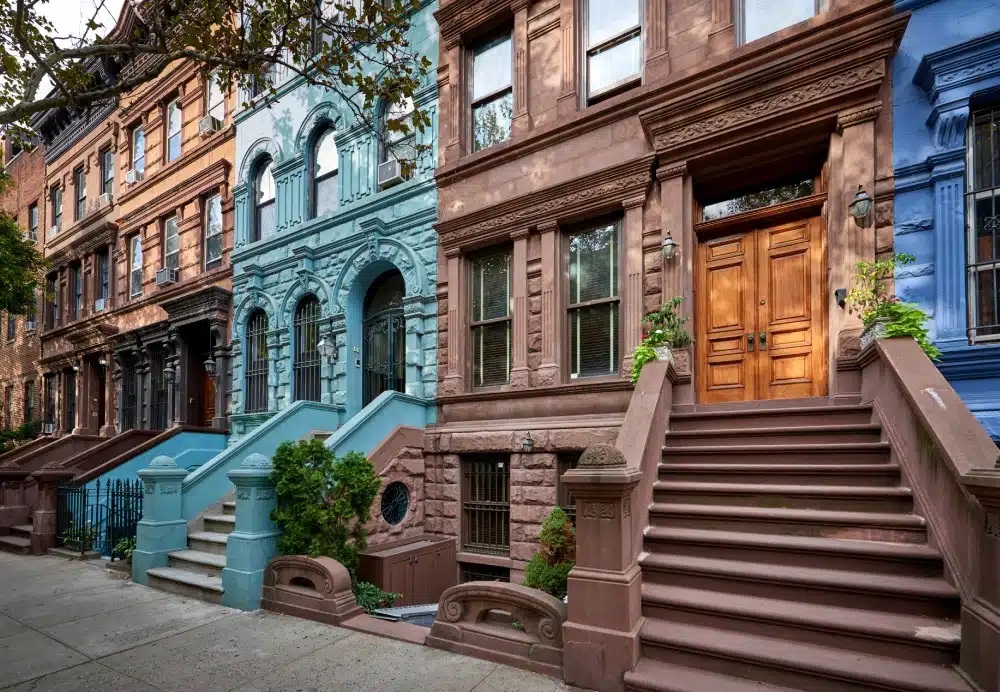Historic preservation and adaptive reuse are essential components of urban planning that contribute to the cultural, economic, and environmental sustainability of cities. Preserving historical buildings and sites maintains the architectural heritage and cultural identity of urban areas, providing a tangible connection to the past. Adaptive reuse, on the other hand, revitalizes these old structures by repurposing them for modern use, ensuring their relevance and functionality in contemporary society. This discussion explores the importance of preserving historical buildings and sites within urban areas and highlights notable examples of adaptive reuse projects that have successfully breathed new life into old structures.

Importance of Preserving Historical Buildings and Sites
- Cultural Heritage and Identity: Historical buildings and sites are physical representations of a city’s history, culture, and identity. Preserving these structures helps maintain the unique character and narrative of urban areas, fostering a sense of pride and continuity among residents. Historic landmarks serve as reminders of significant events, architectural styles, and cultural practices that have shaped the city over time.
- Economic Benefits: Historic preservation can stimulate local economies by attracting tourism and investment. Visitors are often drawn to cities with well-preserved historical sites, contributing to the local economy through tourism-related activities such as dining, shopping, and lodging. Additionally, preserving and repurposing historical buildings can increase property values and create job opportunities in restoration and heritage management.
- Environmental Sustainability: Adaptive reuse of historical buildings aligns with sustainable development principles by reducing the need for new construction and minimizing waste. Repurposing existing structures conserves resources, reduces energy consumption, and decreases the environmental impact associated with demolition and new construction. By maintaining and upgrading historical buildings, cities can contribute to a more sustainable future.
Examples of Adaptive Reuse Projects
- The High Line, New York City: The High Line is a prime example of adaptive reuse that has transformed an abandoned elevated railway into a vibrant urban park. This innovative project has preserved the historical structure of the railway while repurposing it as a green space for public use. The High Line has become a popular attraction, drawing millions of visitors annually and spurring economic development in the surrounding neighborhoods.
- The Tate Modern, London: The Tate Modern, housed in the former Bankside Power Station, is a remarkable example of adaptive reuse in the cultural sector. The conversion of this industrial building into a contemporary art museum has preserved its historical significance while providing a modern, functional space for art exhibitions. The Tate Modern has become one of the most visited art museums in the world, contributing to London’s cultural and economic vibrancy.
- The Distillery District, Toronto: The Distillery District in Toronto is a historic area that has been revitalized through adaptive reuse of the Gooderham and Worts Distillery complex. The project has preserved the district’s 19th-century industrial architecture while transforming it into a pedestrian-only village filled with art galleries, boutiques, restaurants, and entertainment venues. The Distillery District is now a thriving cultural and commercial hub, attracting both locals and tourists.
- The Zeitz MOCAA, Cape Town: The Zeitz Museum of Contemporary Art Africa (MOCAA) is located in the repurposed Grain Silo Complex at the V&A Waterfront in Cape Town. This adaptive reuse project has transformed the disused grain silos into a cutting-edge museum, preserving the industrial heritage of the building while creating a modern space for contemporary African art. The Zeitz MOCAA has become a landmark cultural institution in South Africa, contributing to the region’s artistic and economic development.
- Gasometer City, Vienna: The Gasometers in Vienna, originally built as gas storage tanks in the late 19th century, have been creatively repurposed into a mixed-use development known as Gasometer City. This project has preserved the historical façade of the gas tanks while converting the interior spaces into residential apartments, offices, and commercial areas. Gasometer City is a successful example of how adaptive reuse can integrate historical preservation with contemporary urban living.
Conclusion
Historic preservation and adaptive reuse are vital strategies for maintaining the cultural, economic, and environmental sustainability of urban areas. By preserving historical buildings and sites, cities can protect their unique heritage and identity, stimulate local economies, and promote sustainable development. Adaptive reuse projects, such as the High Line in New York City, the Tate Modern in London, the Distillery District in Toronto, the Zeitz MOCAA in Cape Town, and Gasometer City in Vienna, demonstrate the transformative potential of repurposing old structures for modern use. These projects highlight the importance of creative and thoughtful urban planning in ensuring that historical buildings continue to contribute to the vitality and character of contemporary cities.



